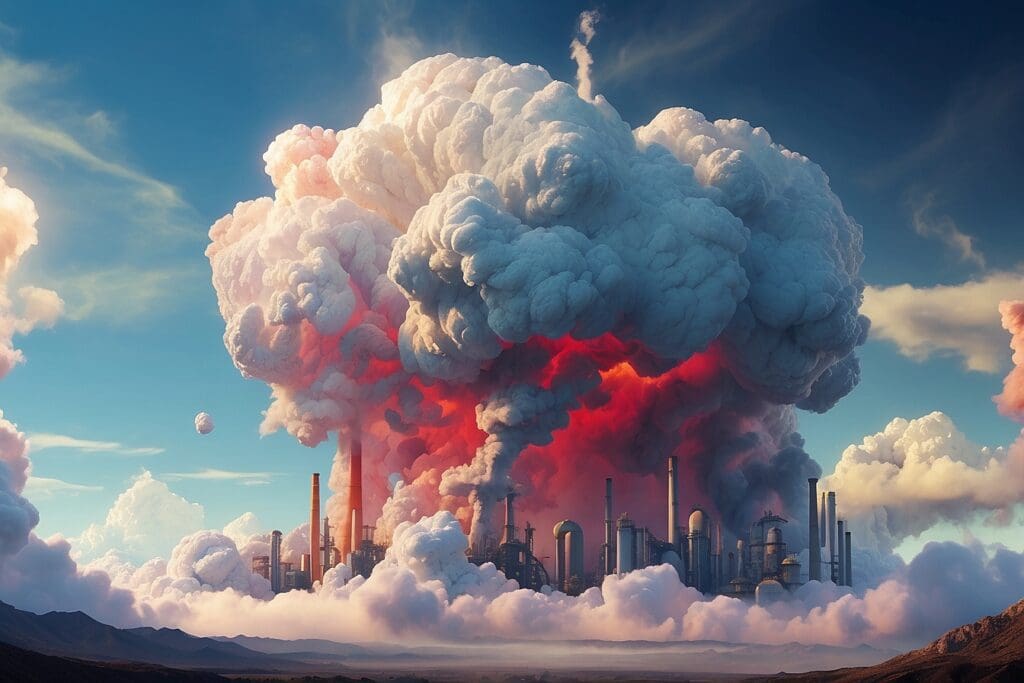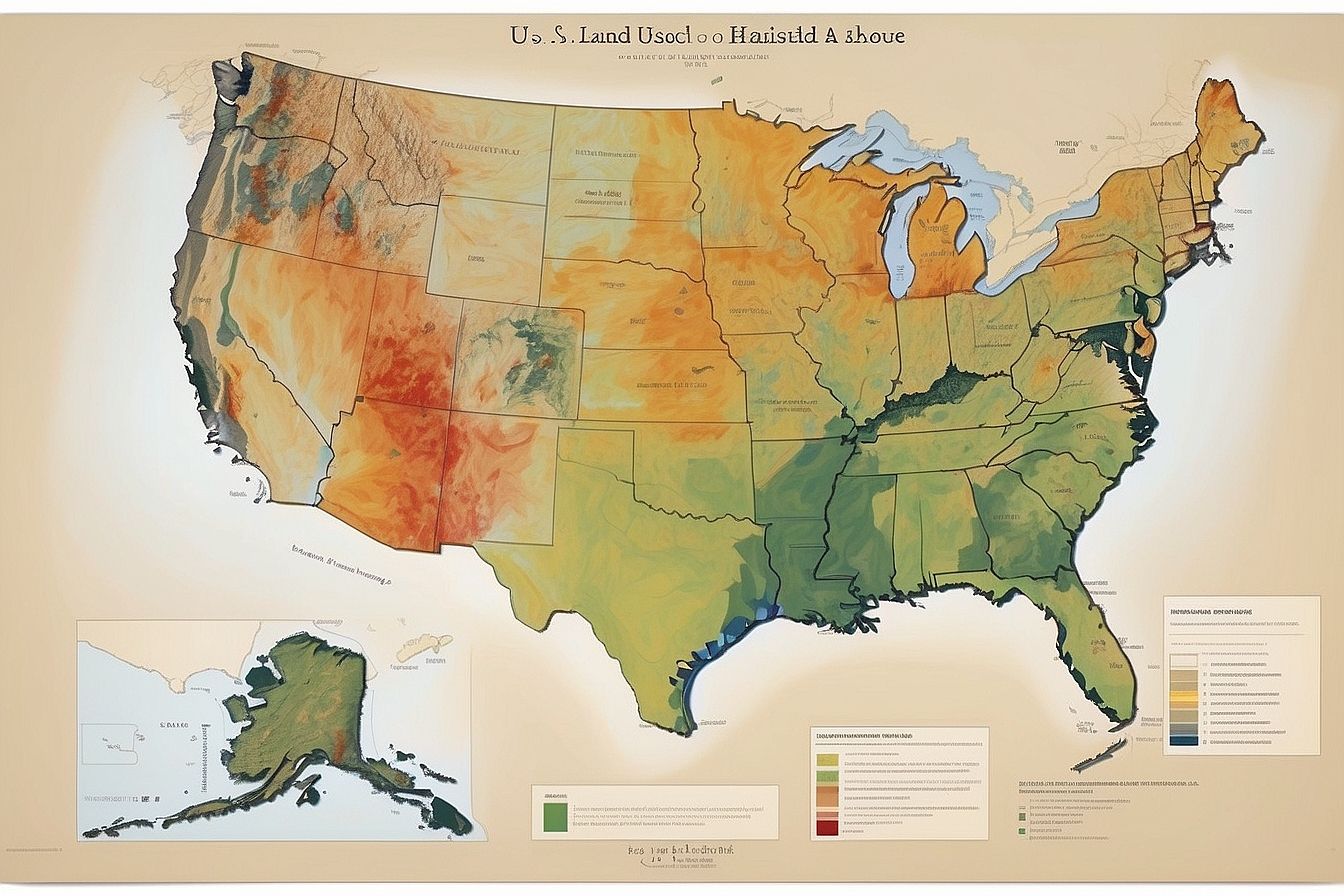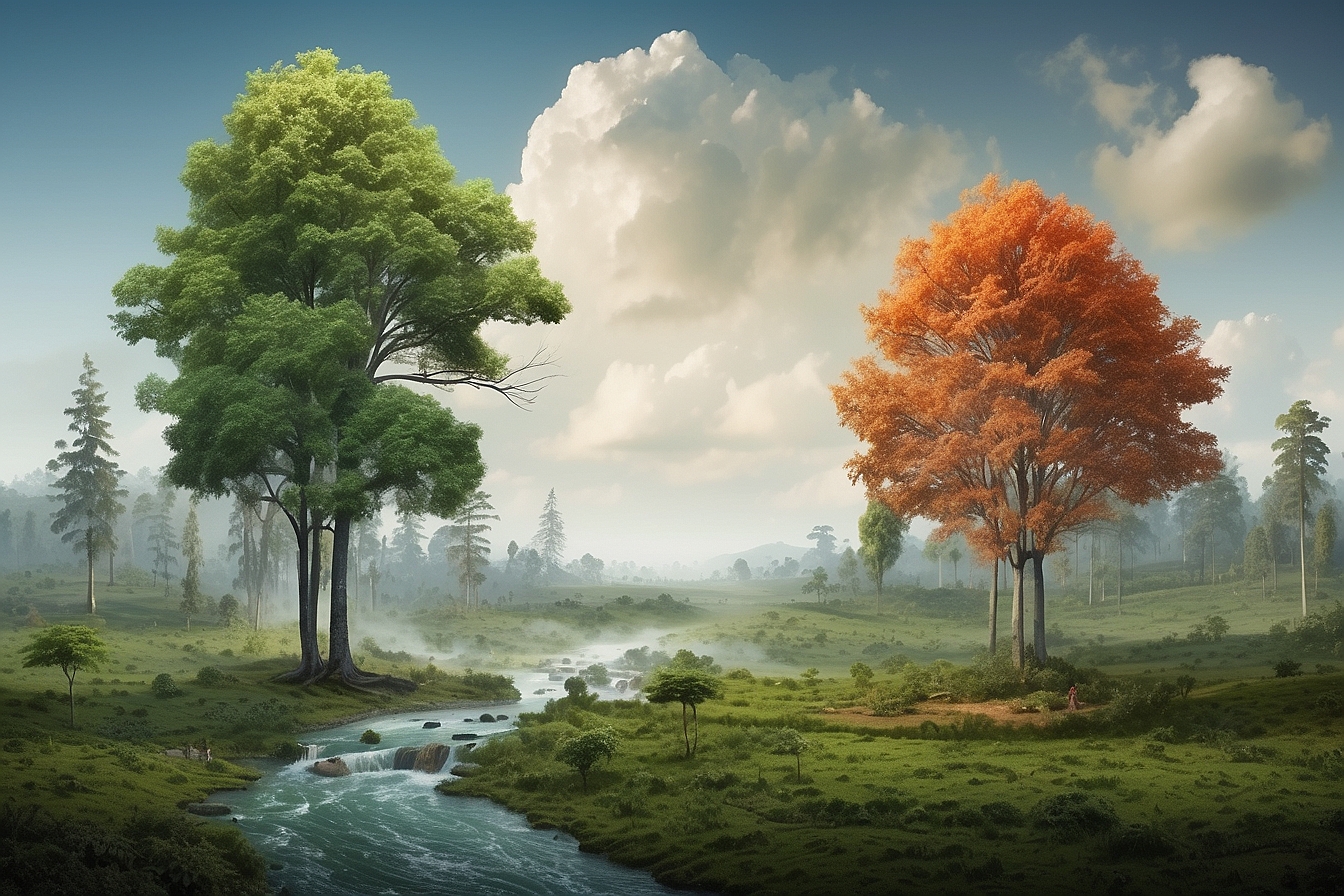Carbon dioxide has managed to capture headlines as an environmental risk in almost every corner of the globe—whether it be via a news broadcast or an environmental magazine. Although carbon dioxide (CO2) may hold the world title as the most commonly mentioned molecule in environmental blogs and reports, it does somehow manage to be a bit elusive. This gas has not only allowed for the conception of our species and our world, but also its systematic destruction in the modern era. This certainly seems contradictory, but it will all begin to make sense as we delve into the basics of one of the most fundamental substances in our world and universe—carbon dioxide.

https://web.archive.org/web/20170920093141if_/http://www.youtube.com/embed/kFvBJqKwlEECarbon Dioxide 101: Starting from the basics, carbon dioxide is a compound made up of two types of atoms. The concept of the atom being the smallest unit of matter1 goes all the way back to the days of the Ancient Greeks, who theorized the existence of a fundamental and small building block that makes up everything from a table to a protein in your body. There are many different kinds of atoms that belong to different elements, and these atoms are distinguished by their mass. Breaking down the term, carbon – di – oxide, we are made aware that this compound is made up of 1 atoms of carbon and 2 atoms of oxygen to create a gas that is found only to be a small percent of our atmosphere, about 394 parts per million.2
So if there is so little carbon dioxide in our atmosphere, why are we even worried about this relatively innocuous, colorless, and odorless gas?3 Well, it all comes down to an issue of balance and control in association with two very crucial properties of carbon dioxide: heat trapping and solubility. Of the many things that carbon dioxide is responsible for, heat trapping and acid regulation in water bodies on earth are the crux behind the concerns that has placed a very rare, but fundamental, atmospheric gas at the forefront of debate.
Heat Capturing
A world without carbon dioxide would indeed be dreadful, and when it comes to average daily temperature, -22 Fahrenheit would be far from a warm sunny day in an atmosphere devoid of carbon dioxide.4 In fact, going back to the early days of ancient earth,5 there was so much carbon dioxide that at a point in time when dinosaurs existed, many marine species began to die out as a result of 40 degrees Celsius ocean temperatures—sweltering when compared to today’s temperatures. Even before this, however, the earth’s atmosphere was primarily composed of carbon dioxide, and only a select group of marine organisms could survive until the evolution of photosynthesis in cyanobacteria6 oxygenated the earth’s atmosphere to a comfortable 21% oxygen.7
The scientific basis for why carbon dioxide traps heat is perhaps beyond the scope of this article, but it is important to recognize that carbon dioxide has an inherent characteristic of capturing heat along with other gases, such as methane, that are collectively known as greenhouse gas is generally any kind of gas that is able to trap heat.8 While carbon dioxide does exist in the atmosphere, it is usually maintained at a constant level in a cyclic process that primarily involves plants and their ability to conduct photosynthesis. Photosynthesis is a process that plants use to convert carbon dioxide into an energy source (glucose) and oxygen. Most plants around the world are involved in conducting photosynthesis, and therefore the levels of oxygen and carbon dioxide remain relatively constant.
In today’s world, carbon dioxide should be a less abundant gas in the atmosphere which is maintained by natural processes on earth such as photosynthesis. This fundamental mechanism is called the carbon cycle ,9 in which carbon emitted into the atmosphere is recaptured on earth by plants that use carbon dioxide. This is all well and good of course, but the issue behind carbon dioxide comes from the fact that human activity has added excess carbon dioxide into the atmosphere.
The burning of fossil fuels by human beings is one of the major mechanisms by which carbon dioxide is entering the atmosphere in excess.11 Industrial processes that burn fossil fuels rely on combustion reactions that produce great quantities of carbon dioxide that are emitted into the atmosphere on a daily basis. If there is too much carbon dioxide in the atmosphere, plants cannot absorb all of this carbon dioxide in order to sustain atmospheric levels of carbon dioxide. The carbon cycle , as it stands today, has essentially been saturated. We are putting too much carbon dioxide into the atmosphere before it can be sequestered back to earth by plants through photosynthesis. As a result, carbon dioxide levels have risen by 30% through the past century alongside the industrial revolution.12 This is a worrying prospect to think of, especially since this amount of excess carbon dioxide is far beyond the sequestering capability of our planet. Given the current trend of carbon dioxide emissions around the world, the EPA estimates a rise of average global temperatures by anywhere from 2 to 11.5 degrees Fahrenheit by the end of this century.13
The effect I have just described is what is known as global warming warrants greater control of carbon dioxide in our atmosphere. The management of atmospheric carbon dioxide has led to the introduction of a vast array of vocabulary that may be a bit elusive to most people, but armed with an understanding of how carbon dioxide increases global temperatures, we can begin to make sense of the tangled world of carbon capture, carbon neutral, or any term that has much ado about carbon.
For a process or device to be hydroelectric power station , since both processes do not add carbon dioxide to the atmosphere. More indirectly, however, carbon neutrality also encompasses the concept of offset. For every carbon dioxide emission there is an offsetting sequestering of carbon dioxide back on earth, primarily by planting more trees. So even if I burn fossil fuels, I have planted 5 trees that capture carbon as a way to offset my damage to the environment through carbon dioxide emissions.
A step further to controlling carbon dioxide would be something referred to as carbon capture.14 As the name implies, carbon capture is essentially anything that captures carbon dioxide before it can enter the atmosphere. In a power station, for example, this can be achieved via specialized scrubbers after the combustion process, or even using elaborate mechanisms to remove carbon from fuel prior to combustion. In synopsis, the world of carbon is underscored by finding mechanisms to reduce excess carbon dioxide in the atmosphere that would inevitably lead to heat capturing and the rise of global temperatures.
Solubility and Acidification
Although the prospect of global warming is scary enough, there are other reasons to be worried about the accumulation of carbon dioxide in our atmosphere. We rarely ever think about how sugar or salt dissolves in water, it is almost intuitive that these solid crystals dissolve and disappear in water or milk. Less intuitive, however, is the way that gases tend to dissolve in water as well. In fact, if it wasn’t for this property of solubility, marine life would not survive, as water life depends on oxygen dissolving in water. Although plants are one of the major sponges or “sinks” for carbon dioxide sequestering back on earth from the atmosphere, it is important to consider that 70% of the earth surface is water.16 As a result, oceans and seas are the second major sink for carbon dioxide.
Although carbon dioxide does not dissolve well in water, a fraction of it manages to dissolve in water. Altogether, earthly water bodies absorb approximately 10 billion tons of carbon dioxide from the atmosphere annually.17 This amounts to approximately half of all manmade carbon dioxide in the atmosphere.18 If it wasn’t for carbon dioxide’s ability to dissolve in water, a great deal of excess carbon dioxide would still remain in the atmosphere and human life wouldn’t have been possible under these hot and deoxygenated conditions.
As a consequence of this solubility, however, excess carbon dioxide from the atmosphere is acid rain with tragic consequences on both human and animal life, not limited to purely marine environments.
Conclusion
Carbon dioxide plays a crucial role in our environmental balance—it is a gas that keeps the earth comfortably warm while feeding the planet via photosynthesis conducted by plants. The system of regulating carbon dioxide is fairly robust, but human activity has managed to saturate Mother Nature’s ability to deal with excess carbon dioxide, which could lead to disastrous environmental consequences. As a result, the management of carbon dioxide-producing processes must be highly regulated to limit the extent of environmental damage while being as carbon neutral as possible. Today’s efforts in focusing on carbon tax in Australia ! As one of the simplest compounds on the planet that is composed of merely 3 atoms, the crucial role that carbon dioxide plays in maintaining our survival sheds light on an intricate balance in nature that is sensitive to human activity.





